Japanese Knife, Japanese Traditional Crafts
What is The Best No.1 Japanese Chef Knife Brand in Japan?
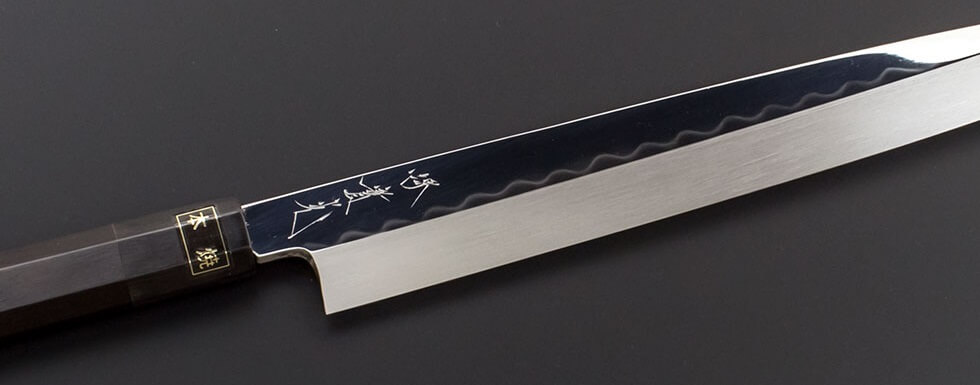
In Present, there are a lot of makers and brands for Japanese chef knives. When you hear brand, you may come up with a specific maker or knife brands produced by makers. In case of chef knives, however, brand is historically connected with the name of producing place or the name of craftsman.
You may hear several names of places famous for Japanese knives. Some of them are famous and popular in worldwide, and they are branded as “(name of place)-made” knives. Of course, authentic knives made in famous producing centers in Japan has nice quality and finished in good conditions.
But, there is a fact that you must know to choose the best chef knives, otherwise you may make fatal mistake choosing your knife and regret afterwards.
Which place produces the best quality Japanese chef knives?
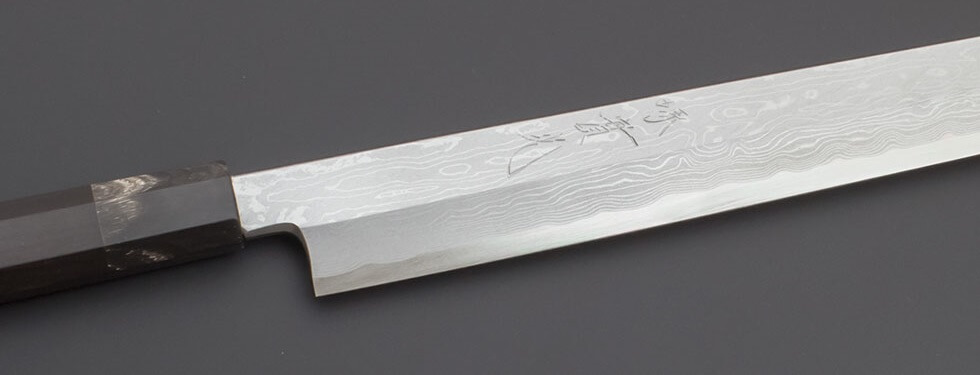
As described above, it is true that the quality of chef knives made in popular producing centers in Japan is far above average among the kitchen knives sold in the world. Having said that, it is not true that any knives sold in Japan have excellent quality. Focusing on chef knives (or kitchen knives), there are several producing centers for cutlery in Japan: famous places are Tosa, Takeo, Banshu, Sakai, Seki and Sanjo. A point is, however, every producing center has a field they are skilled in or not skilled in; a field one place is good at is not the case in another place. Not all the techniques those places have is not necessarily suitable for chef knife making.
In any case, techniques for cutlery making are at least applicable for chef knife making. Therefore, all these producing centers are making chef knives. Having said so, again, each producing center has a field they’re good at most; a place is best at making carpenter’s tools, another place is best at making agricultural instruments, and some places are best at making knives. Simply put, you should choose a place best at making chef knives to choose the best knife, of course.
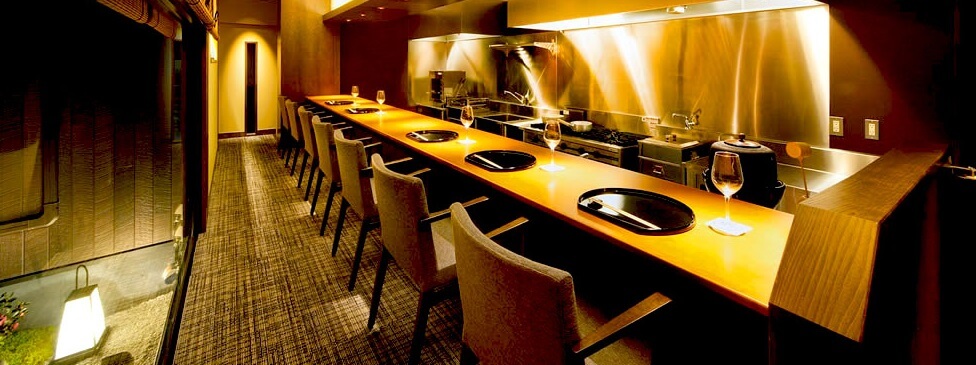
Osaka has been called “Shogun’s Kitchen”, which means the highest ranked general “Shogun”’s foods were prepared in Osaka. The place was also the center of logistics and other economic activities of Japan. Many merchants held their businesses in or around Osaka. Because the merchants in Osaka were obsessed about foods, food culture in Osaka had developed rapidly in that era. Those complicated requirements for foods have developed chef’s skills and techniques, which also led to the development of skills and techniques of knife makers. Based on the cutlery making skills in Osaka region, which had developed by making Samurai swords (Japanese Katana), knife making techniques in Osaka had evolved a lot in that era. Sakai was the central knife production place in Osaka region. Finally, Shogun, the highest ranked general, permitted to label “Sakai Kiwami” (meaning Ultimate Quality) on the knives made in Sakai to differentiate from the others. Thus, Sakai became number one place both in name and reality as chef’s knife making. And today, more than 90% of professional chef’s knives are made in Sakai.
Be Careful! Fake Brands of “Made in Japan” Are Spreading
Reading to this point, you may aware that the Sakai brand of Japanese chef knives are the top and best brand in the world of Japanese knives. Authentic “made-in-Sakai” assures top quality in the world. Unfortunately, some brands, makers and shops sell fake Sakai branded knives. Because those knives seem eye-catching decorations and low prices, those are sold more than authentic Sakai knives in fact.
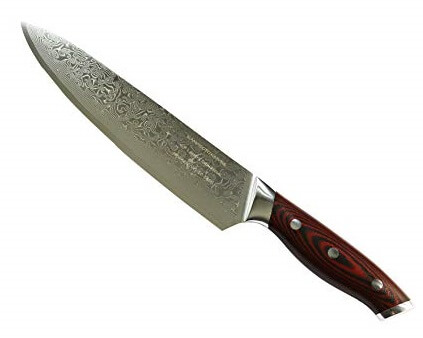
As a result, we cannot say made-in-Sakai labeled knives are surely good quality considering spreading nominal Sakai brand knives. Many knives in the market is made by machine, not by craftsman by hand, to make blades and attach handles. There is no laws to restrict made-in-Sakai label even only 1% of entire making process is done in Sakai and the other 99% is done outside Japan.
There are clear differences in cutting quality and performance between machine-made Sakai knives and craftsman-made ones. Materials, Rockwell-hardness, sharpening and any other making processes make a knife good or bad. Therefore, the critical factor whether a Sakai-brand knife is a masterpiece or a garbage is not the label of made-in-Sakai but skill level of craftsman who made the knife. It is important to choose the best quality Sakai knives that you should see whether a knife is made in a factory where experienced craftsmen are making knives by hand or not.
It is misunderstanding “higher price” equals to “higher quality”
It is the truth that excellent quality products require equivalent prices. Cost of raw materials, manufacturing labor and other costs should be reflected on tag prices. Having said that, not all those highest quality knives are reasonably priced. Because knives are not a consumable that people buy repeatedly, some store overprices their knives to increase their margins. In worst case, machine-made low quality knife is sold as a Sakai-branded highest quality knife and for a unreasonably high price.
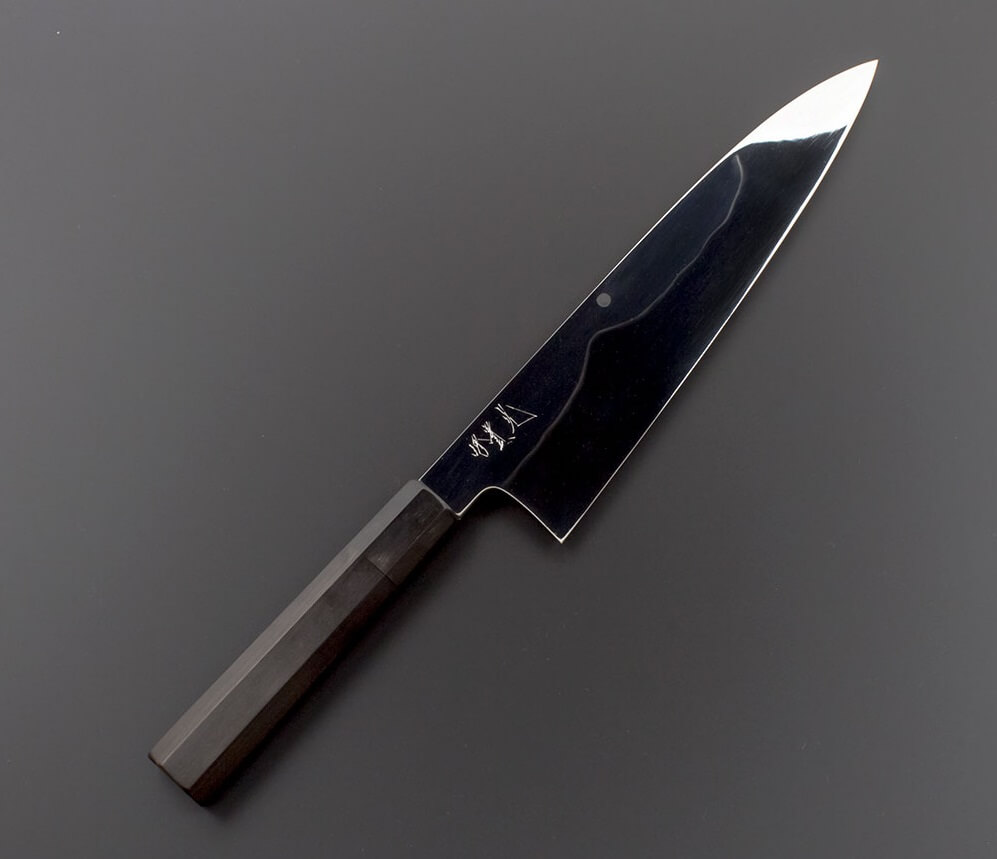
How can you assure whether a knife is really an authentic Sakai-made knife by the traditional process with over 600 years of history and by experienced craftsmen? One good way is to purchase your knife from a reliable shop. Also, ask any questions before pressing purchase button; how the knife blade is made? Isn’t it a machine made? Handle is attached and arranged by craftsman by hand? etc. These information may not clearly written in web pages. In that case, good shops will answer your question clearly, otherwise knives in the shop may not be authentic Japanese knives. Again, they can say a knife is “made in Japan” even only 1% of the making process is done in Japan and the other 99% is done outside Japan.
Hope you’ll meet one that becomes your lifetime partner!
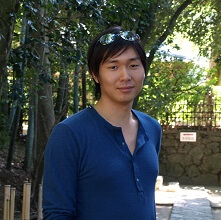
Author - Hiro
Lived in Kyoto in school days, I was impressed by profundity of history and tradition of the city. Had a job to join the three major festivals of Kyoto: Aoi, Jidai and Gion festivals. Love Kyoto and Japanese culture.
Manager of OrientalSouls.com, selling items of Japanese culture, tradition and craftsmanship. I'll introduce interesting information about Japan!

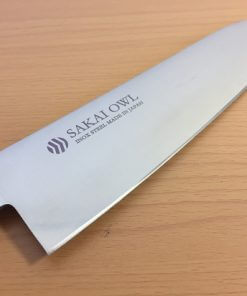
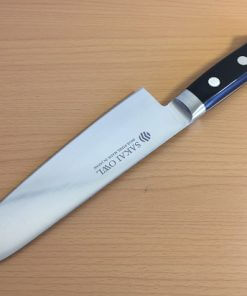
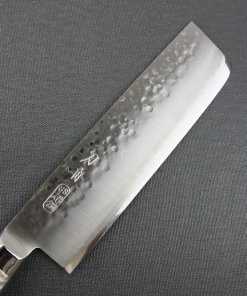
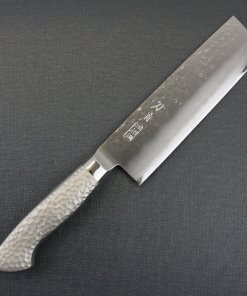
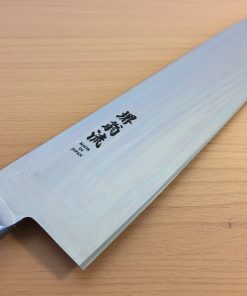
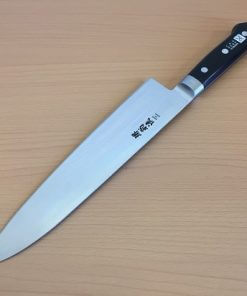
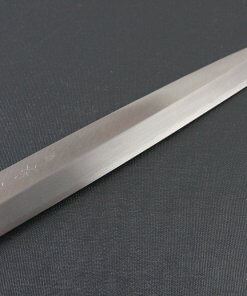
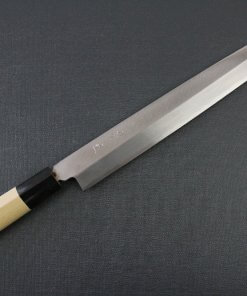
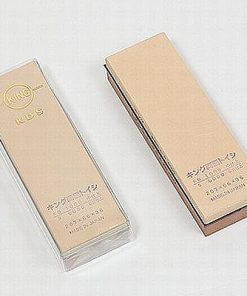
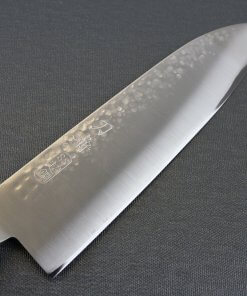
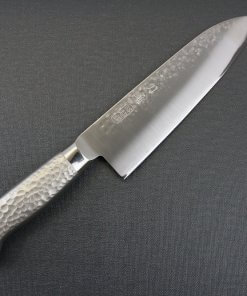
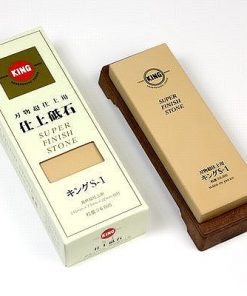
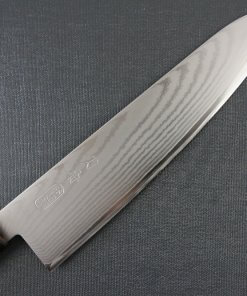
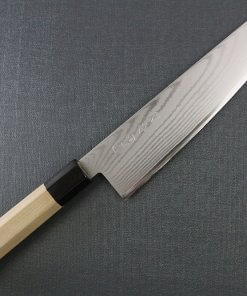
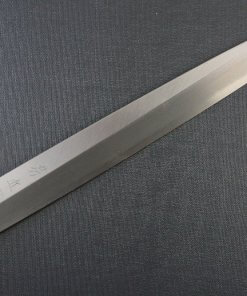
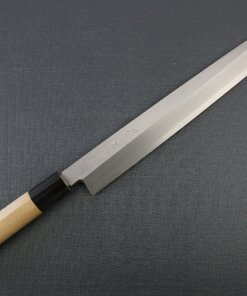
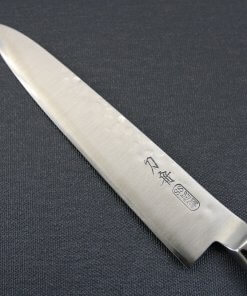
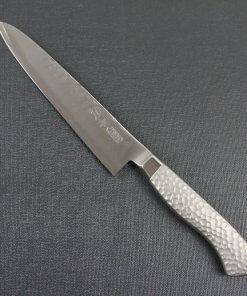
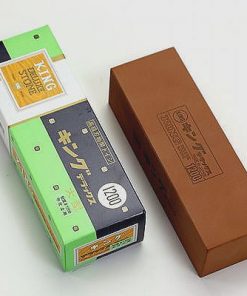
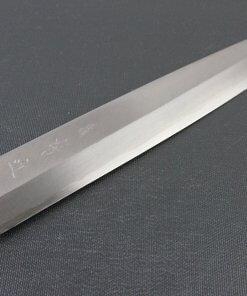
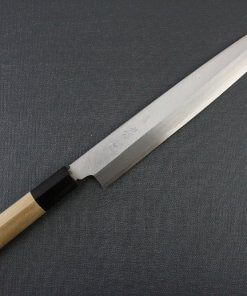
About Orientalsouls.com
Learn and Buy Japanese Craftsmanship, Tradition & Culture
OrientalSoul.com is the online shop where you can buy traditional crafts of Japan.
We only sell selected authentic products in which true spirits of Japanese craftsmanship exist.
You may be able to find similar products in other shops for lower prices. However, we sell products based on fair prices that worth labor and value of experienced craftsmen.
In addition, we introduce stories about product history, how a product is made, what makes it different from others, and how the product enriches your life!